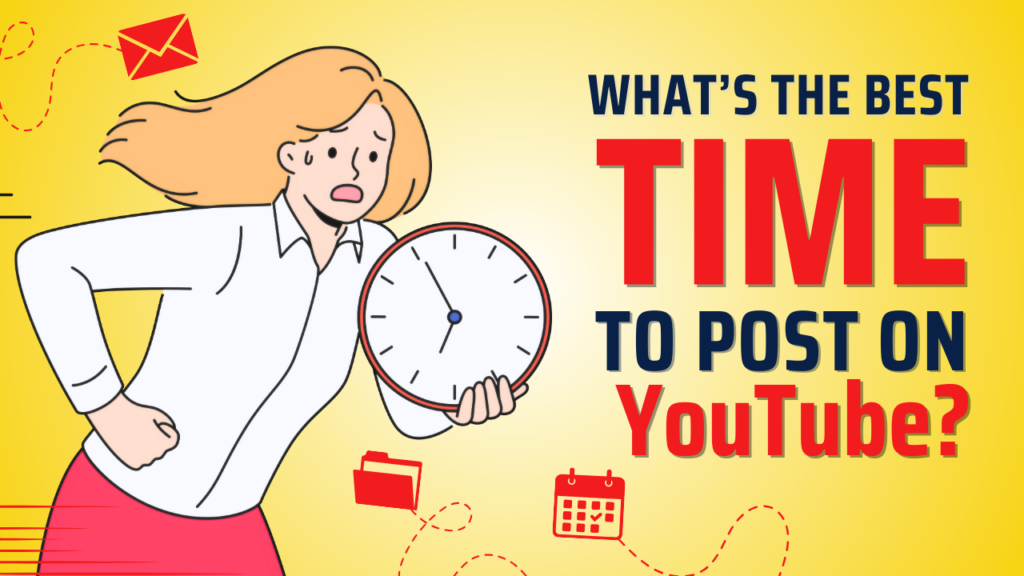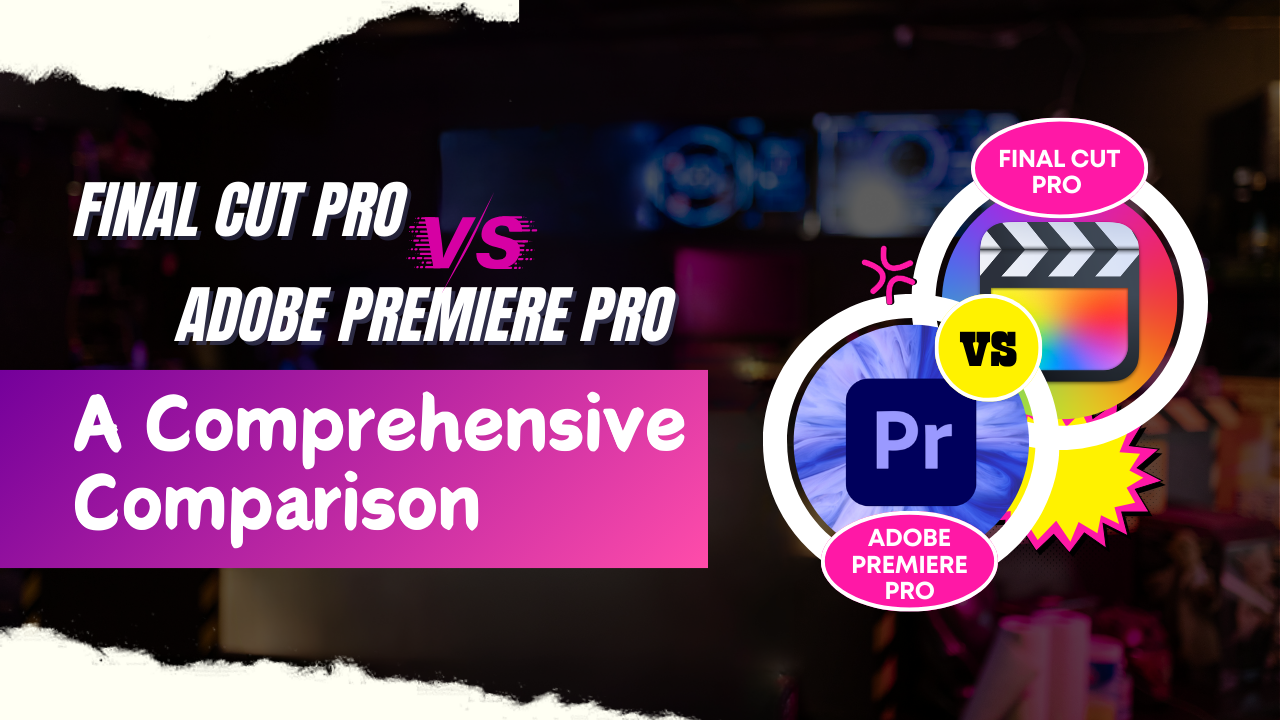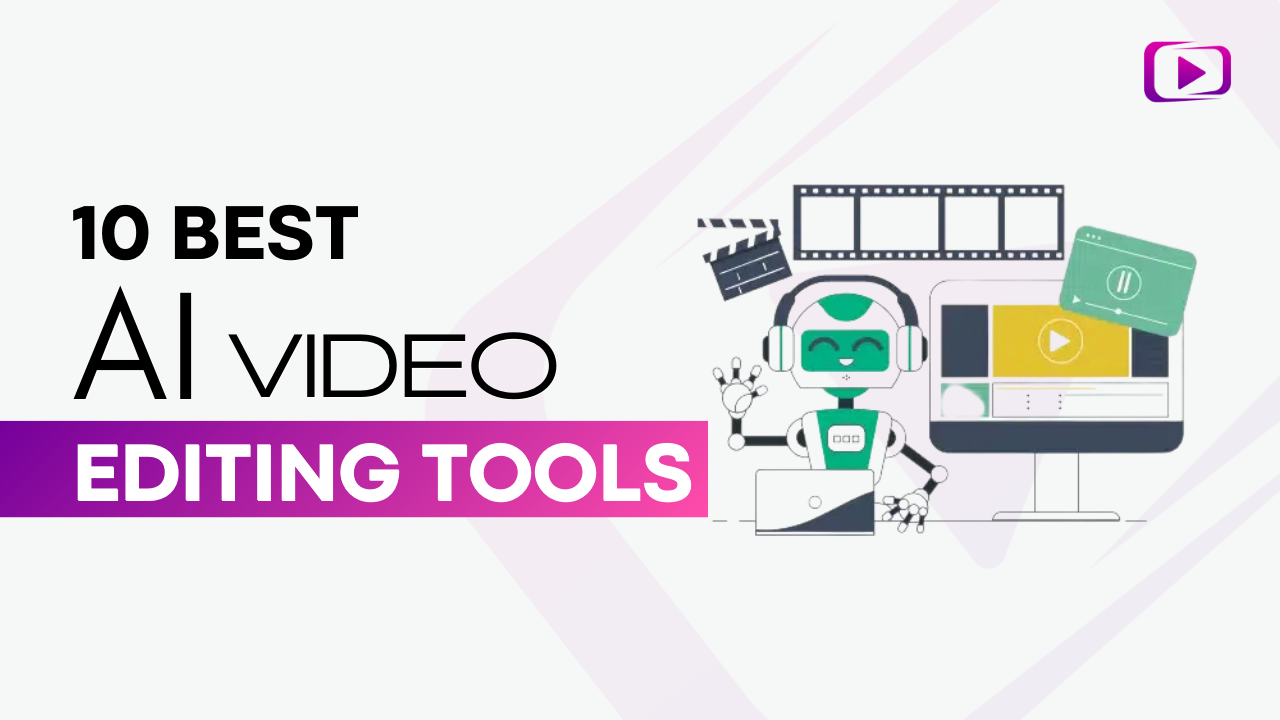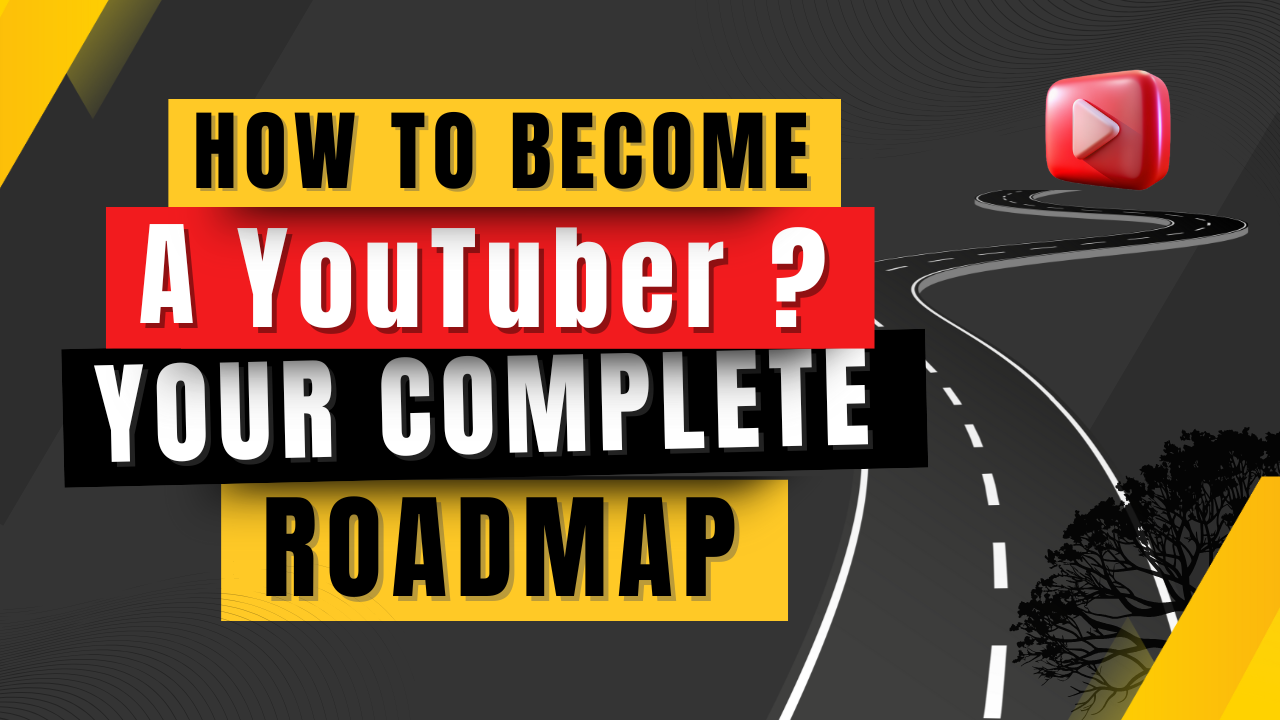The question “When should I post my YouTube videos?” comes up a lot – and it’s a good one.
With over 2.7 billion active users watching videos at different times across the globe, picking the right upload time can mean the difference between your video taking off or getting lost in the noise.
Here’s the thing: YouTube isn’t like Instagram or TikTok where content vanishes quickly. Your videos can gain views for months or even years. But that first 24-hour period? It’s crucial.
Data shows that strong early engagement tells YouTube’s algorithm your content is worth recommending to others.
In this guide, we’ll break down the best posting times based on recent data, show you how to find your channel’s sweet spot, and help you create a posting schedule that works. No complex theories – just practical advice you can use right away.
Want to take your videos to the next level?
Does Posting Time Matter on YouTube?
What’s all the fuss about? Does posting time even matter? The simple answer is yes. The time you publish your YouTube videos matters a lot. It can affect your videos reach and virality.
The average YouTube video length is 10 minutes, unlike the shorter Tikoks, and Reels. This means viewers typically wait till they have a lot of free time before watching. So posting at the right time is crucial.
Effective timing is vital for your channel’s growth. The time and day you post those videos can affect how well it does. The idea is to post the video when your audience is on YouTube.
Understanding YouTube’s Algorithm
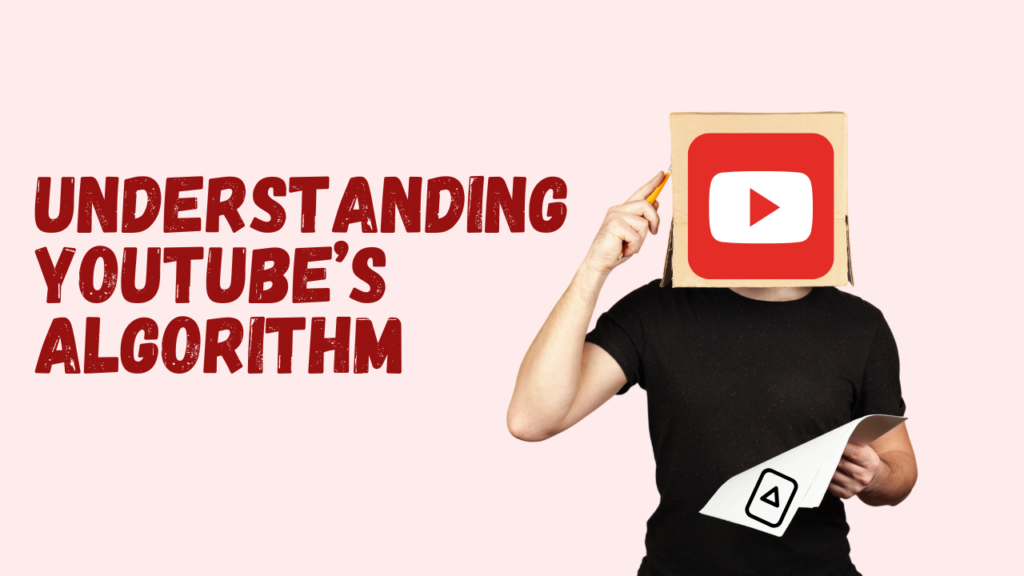
YouTube’s algorithm changes frequently to enable a seamless use of the platform. To become a successful YouTuber, you must understand how this algorithm works and tailor your content to fit into it.
Initially, YouTube’s algorithm focuses on recommending the content with the highest views to others.
What this led to was a widespread use of unrelated tags, keyword stuffing, click-baity thumbnails and a lot of insincere practices.
The solution? They introduced a different guide where their algorithm recommends content based on watch time among other metrics that shows viewers like the video.
That’s not all, this algorithm also recommends the videos to similar audiences as those that watched the videos for long and interacted with them. Now you can reach a highly niched down audience.
The Best Time To Post on YouTube
Now to the main question — the best time to post on YouTube. This is the time successful channels usually post their videos.
Generally, the best time to post your videos on YouTube is from 3pm to 5pm and 8pm to 11pm for weekdays. The time is different for weekends as 9am to 11am and 1pm to 3pm work best.
However, this time is not set in stone and may vary based on several factors. So you may have to do some trails to figure out your best time. Don’t worry, we’ll go through the steps shortly.
The Best and Worst Days to Post on YouTube
Seven days in a week, and they all have varying effects on your video. Knowing what time to post is great, but knowing which day(s) is just as important.
Best days
Saturdays: Contrary to popular belief, posting during the weekend is great. In fact, Saturday is the best day to post as viewers are usually free and on social media.
Fridays: Another excellent day to post is on Friday, as viewers start getting ready for the weekend break.
Worst Days
Tuesday: Posting videos on Tuesdays have shown to produce the worst results, surprising since it is not the start of the week.
Monday: People are usually busier after getting back to work after the weekend break so less time watching any video.
The Best Time to Post YouTube Shorts
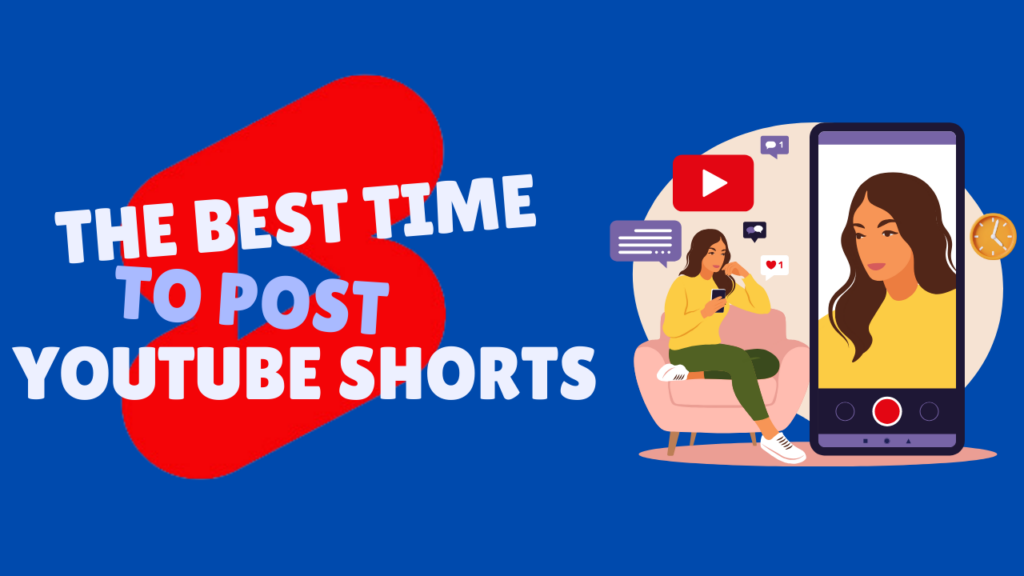
We’ve the best time to post YouTube videos but is this different from shorts? Slightly, yes. And this is because of their lengths.
While the average YouTube video is 10 minutes long, Shorts are under 1 minute. Viewers can easily watch this on the go and won’t have to wait until they are free.
The best time to post your Shorts during the weekday is from 6am to 9am before people start their day, 12pm to 1pm during lunch breaks, and 5pm to 7pm at the end of their stressful days.
During the weekend the time changes a little to 8am to 9am early but before it gets swallowed by the weekend relaxations. And also in the evenings around 7pm to 9pm.
Best days? The best day to post shorts are Sundays, Thursdays, and surprisingly, Tuesdays. Yes, the same Tuesday that doesn’t seem to favour regular Youtube videos.
For the worst days avoiding Fridays and Mondays will do you a lot of good.
How to Determine Your Best Posting Time?
Niche and audience differ so best posting day and time also differs. While the times listed in this guide are true for most, it does not cover all YouTubers. Looking at your particular situation and finding the best time will help you.
Here’s how to know your best posting time:
- Sign into YouTube Studio and access your analytics by selecting Analytics by the left side of the screen.
- In your analytics, you can see a lot about your channels and videos but we’re focusing on knowing the best time to post so switch from the overview tab to Audience.
- This will show you a lot of details about your audience like age and country, scroll down to see When your viewers are on YouTube. This will reveal a chat with a heatmap of the times your viewers are online.
- The denser the day and time the more of your audience are online at that point. And that is your best time to post.
Factors To Consider When Choosing Posting Time
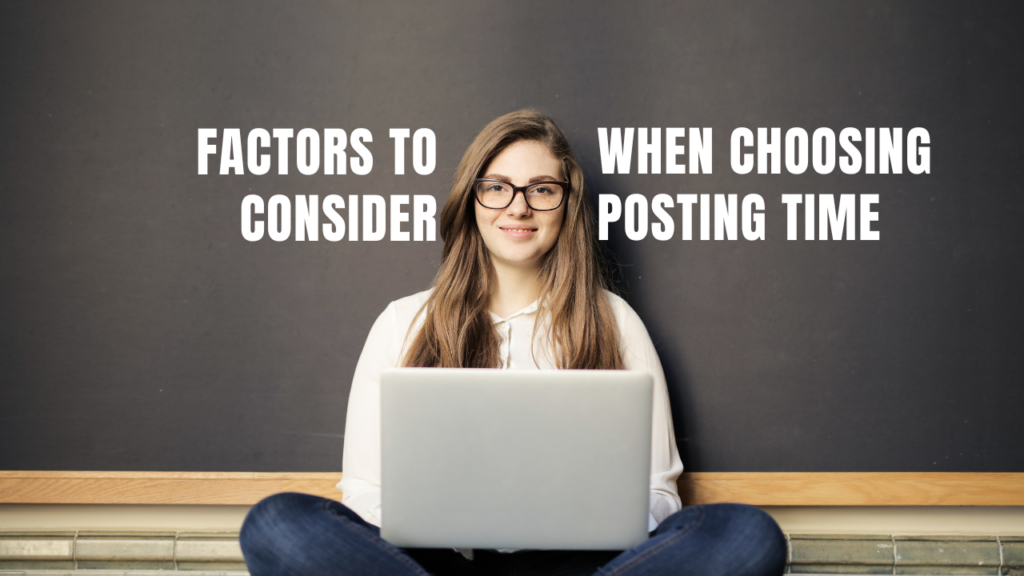
Your posting schedule needs to match when your viewers are most likely to watch. While general data helps, several key factors affect the best time for your specific channel.
1. Location of Your Viewers
Most channels have viewers from different time zones. Check your YouTube Analytics to see where most of your audience lives.
For example, if 60% of your viewers are in the US but 30% are in the UK, you might want to post when both groups are awake. A 2 PM Eastern Time upload hits both audiences during active hours.
2. Your Content Type
Different types of content have different peak viewing times. Gaming videos often do well late at night and on weekends.
Educational content gets more views during weekday afternoons. Business videos see higher engagement during work hours. Match your upload time to when your target viewer would typically watch your type of content.
3. Audience Age and Schedule
Think about your viewers’ daily routines. If you make content for working professionals, posting early morning or evening usually works better.
Creating videos for students? Consider posting after school hours. Content for parents might do better mid-morning or after the kids’ bedtime.
4. Competition in Your Niche
Look at when popular channels in your niche post their videos. You have two options: Post at the same time to catch the wave of viewers, or choose a different time to avoid competition.
Test both approaches to see what works better for your channel.
5. Video Length
Longer videos often get more views when people have more free time, like evenings and weekends. Shorter videos can work well during lunch breaks or commute times.
Consider your video length when picking an upload time.
6. Platform Habits
Pay attention to when your subscribers are most active. YouTube Analytics shows you peak viewing times for your channel.
This data often matters more than general best practices because it’s specific to your audience.
Finding Your Perfect Posting Time
There’s no one-size-fits-all answer for the best time to post on YouTube. While our guide gives you solid starting points, your ideal posting time depends on your specific audience and content type.
Start with your YouTube Analytics – it shows exactly when your viewers watch. Test different times, track your results, and stick to what works. Most importantly, stay consistent with your schedule once you find what works.
Ready to try out these tips? Pick a time slot and start testing. Your perfect posting schedule is out there – you just need to find it.
